
2025 Summer: Virtual Preparation Courses for Private Pesticide Applicators
Each year, thousands of agricultural workers play a vital role in keeping North Carolina’s farms productive and sustainable. At …



El inglés es el idioma de control de esta página. En la medida en que haya algún conflicto entre la traducción al inglés y la traducción, el inglés prevalece.
Al hacer clic en el enlace de traducción se activa un servicio de traducción gratuito para convertir la página al español. Al igual que con cualquier traducción por Internet, la conversión no es sensible al contexto y puede que no traduzca el texto en su significado original. NC State Extension no garantiza la exactitud del texto traducido. Por favor, tenga en cuenta que algunas aplicaciones y/o servicios pueden no funcionar como se espera cuando se traducen.
Inglês é o idioma de controle desta página. Na medida que haja algum conflito entre o texto original em Inglês e a tradução, o Inglês prevalece.
Ao clicar no link de tradução, um serviço gratuito de tradução será ativado para converter a página para o Português. Como em qualquer tradução pela internet, a conversão não é sensivel ao contexto e pode não ocorrer a tradução para o significado orginal. O serviço de Extensão da Carolina do Norte (NC State Extension) não garante a exatidão do texto traduzido. Por favor, observe que algumas funções ou serviços podem não funcionar como esperado após a tradução.
English is the controlling language of this page. To the extent there is any conflict between the English text and the translation, English controls.
Clicking on the translation link activates a free translation service to convert the page to Spanish. As with any Internet translation, the conversion is not context-sensitive and may not translate the text to its original meaning. NC State Extension does not guarantee the accuracy of the translated text. Please note that some applications and/or services may not function as expected when translated.
Collapse ▲
Each year, thousands of agricultural workers play a vital role in keeping North Carolina’s farms productive and sustainable. At …
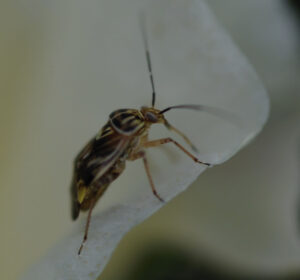
As cotton starts to square, it’s time for growers to check their fields every week for tarnished plant bugs. …
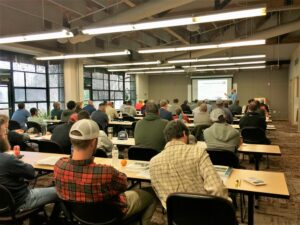
The fall 2025 Pesticide Safety Schools are available to those seeking initial licensing in one or more pesticide subcategories. To …
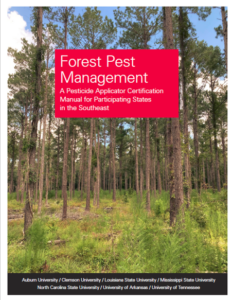
The Pesticide Safety Education Program at NC State University is offering an online exam preparation course for those seeking …
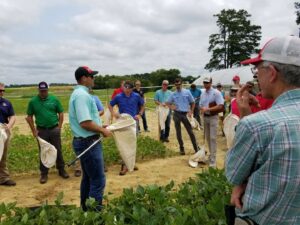
With cotton prices down, many growers are looking for ways to cut production costs. This article emphasizes the importance …
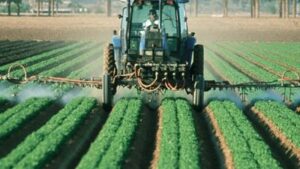
2025 Pesticide Licensing Examination I hope this message finds you well. I wanted to provide important information for anyone needing …
New Pesticide Applicator Certification and Training rules were enacted at the end of 2024. One that will catch many …
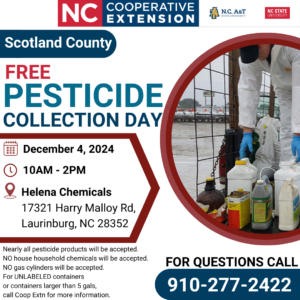
Free Pesticide Collection Day Do you have pesticides at your home or farm that you no longer need or use? If …

The U.S. Environmental Protection Agency shared the following news release Friday, October 11, 2024, introducing a toolbox of strategies …
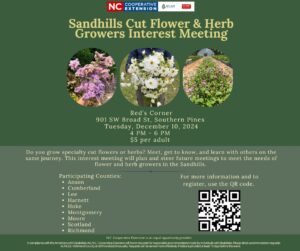
UPDATE 1/21/25: The weather has gotten in the way again! Our event venue has announced that they will be …

As we enter early August, we continue to track bollworm populations across the state. Extension personnel across the state …
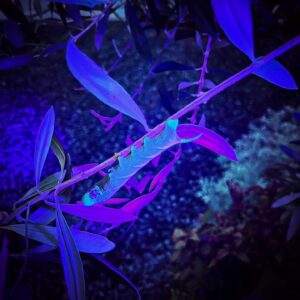
Weird & Wonderful Series…Hornworms Did you know that many insects will glow under UV lights?! Hornworms are a great group to …

Midsummer Vegetable Garden Checklist We know it’s hot outside, but consider this your midsummer inspirational pep-talk to get out in …
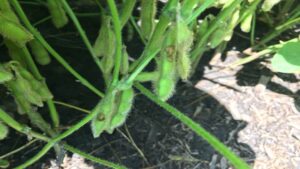
For many years, corn earworm has been the top pest in North Carolina soybeans in terms of cost of …

Pests and diseases can make growing a bountiful tomato crop challenging in North Carolina. To help identify tomato varieties that …
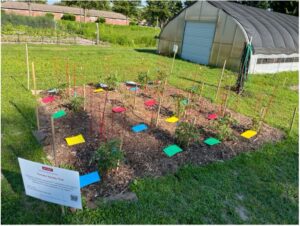
See our Summer 2024 Horticulture Newsletter for the most up-to-date Extension news. Summer 2024 Horticulture Newsletter – …

This publication describes the invasive Callery pear species, its offspring, and how it can harm …
This factsheet describes the biology of the cane lace bug or bamboo lace bug, Leptodictya …

This factsheet describes the biology of the banded sphinx moth or lesser vine sphinx, Eumorpha …

This factsheet describes the biology of the elm-grass root aphid, Tetraneura ulmi, and provides residential …

Gummy stem blight is caused by several closely related fungal pathogens in the genus Stagonosporopsis …
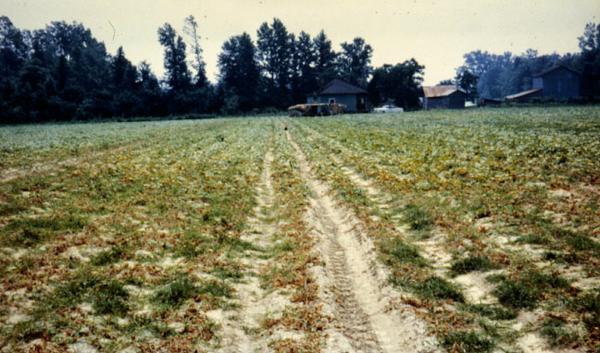
This vegetable pathology factsheet describes the identification and treatment of anthracnose in cucurbits.
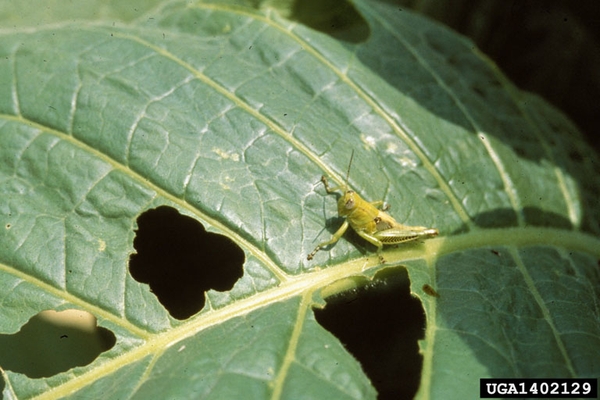
Several species of grasshoppers can cause foliar feeding damage in tobacco. They are typically most …

This Extension publication provides an overview of the tobacco budworm (Chloridea virescens), a common pest …